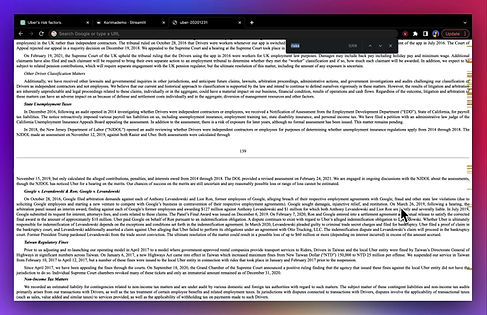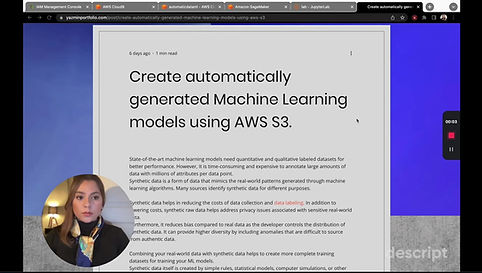


Welcome to my portfolio
Allow me to introduce myself
This voice you hear is a digital replication, an AI clone of my own. Using advanced machine learning, the unique nuances of my speech—tone, rhythm, and inflection—were captured and recreated.


This code sets up authentication to access Google Docs and uses OpenAI's GPT model to create an index of the documents.
The indexed documents can be queried using prompts entered by the user. In real life, this code can be used to build a document search engine powered by OpenAI's language model.
It allows users to search and retrieve relevant information from a collection of Google Docs using natural language queries.
The purpose of this code is to convert rows in a test chunk into forecasts. It does so by iterating through each chunk and each lead time within the chunk.
For each lead time, it retrieves the corresponding row of data from the chunk based on a specific offset. If the data for the lead time is not available, it creates a mock row with placeholder values. Otherwise, it stores the actual forecast row. The code ultimately returns an array of forecasts.
In real life, this code can be used in time series forecasting tasks where historical data is divided into chunks or segments, and forecasts need to be generated for each lead time within those chunks.

Created a synthetically generated dataset using AWS S3.


Bootstrapping is a method of inferring results for a population from results found on a set of smaller random samples of the data population, using replacement during the sampling process.
This is an easy example on how to do it after generating a random normally distributed data set with a mean of 300 and 1000 entries.
